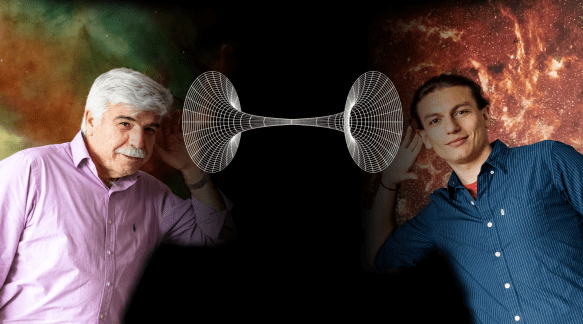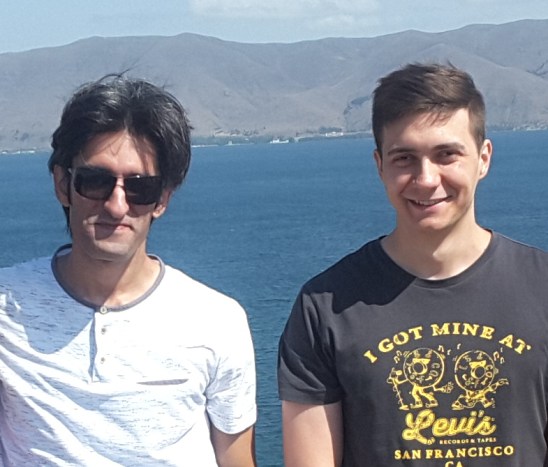Scott Melville, winner of the Best Student Talk Prize at BritGrav, which was sponsored by CQG, discusses the research that he’s doing on quantum gravity at Imperial College London.

Scott Melville, speaking at Bright Club on 28th April 2018. Image courtesy of Steve Cross
The present state of quantum gravity is rather unsatisfying. While perturbation theory works well at low energies, at high energies quantum gravity becomes incalculable, and leaves us hungry for answers. As we approach the Planck scale, perturbations become strongly coupled and we quickly lose perturbative control of our theory. A UV complete theory of gravity, which remains unitary and sensible to arbitrarily high energies, is hard to cook up.
We need new physics, to swallow these Planck-sized problems. This new physics shouldn’t be too heavy, or too light; not too strongly coupled, or too perturbative. We don’t yet know exactly what it should be, but it needs to hit a sweet spot. My research develops tools, called positivity bounds, which can help us better understand how low energy observables are connected to this unknown new physics.
One thing is for certain: quantum gravity is hard – and working on it sure builds up an appetite. When I’m not worrying about the fundamental nature of the Universe: I’m in the kitchen. While I may not be the best chef in the world, I make up for an abysmal lack of skill with a towering surplus of enthusiasm. You can flip anything in a pan, if you flip hard enough.
When it comes to deciding what to have for dinner, I take things very seriously: it can’t be too salty, or too sweet; not too spicy, or too bland.





You must be logged in to post a comment.